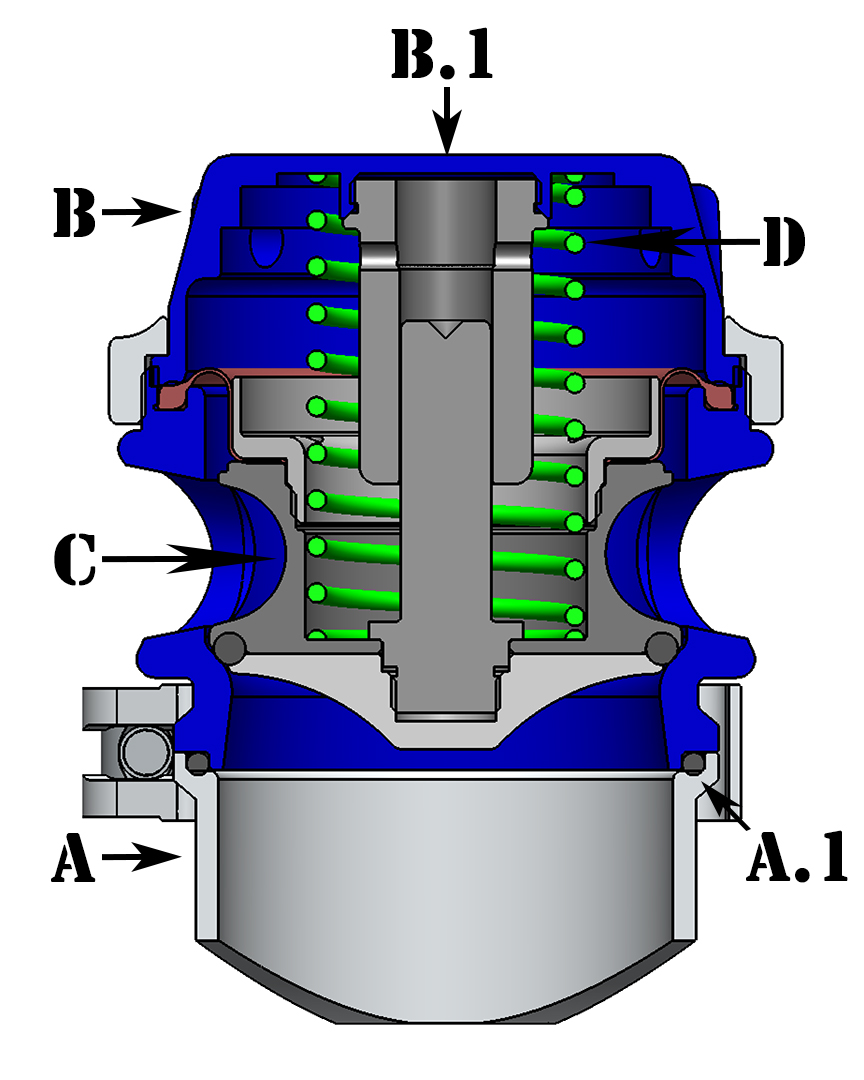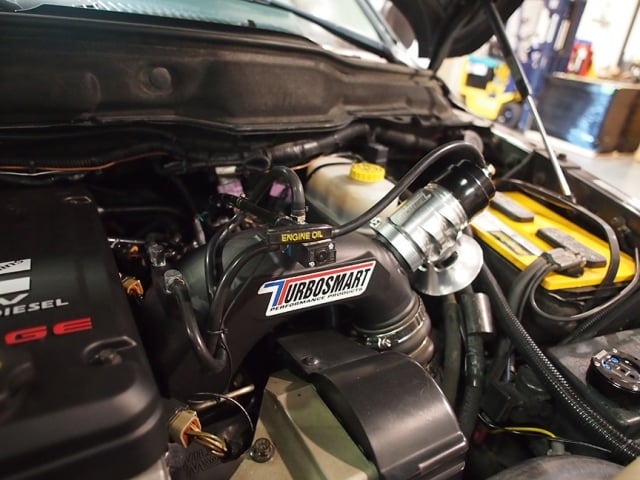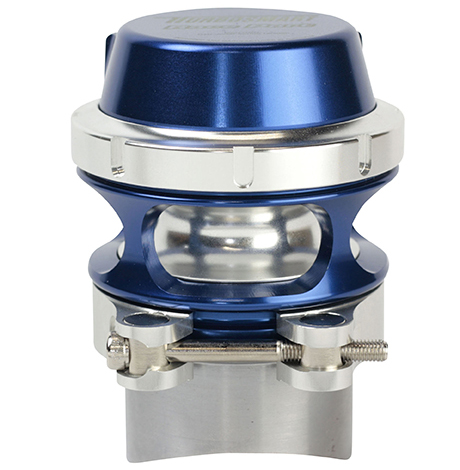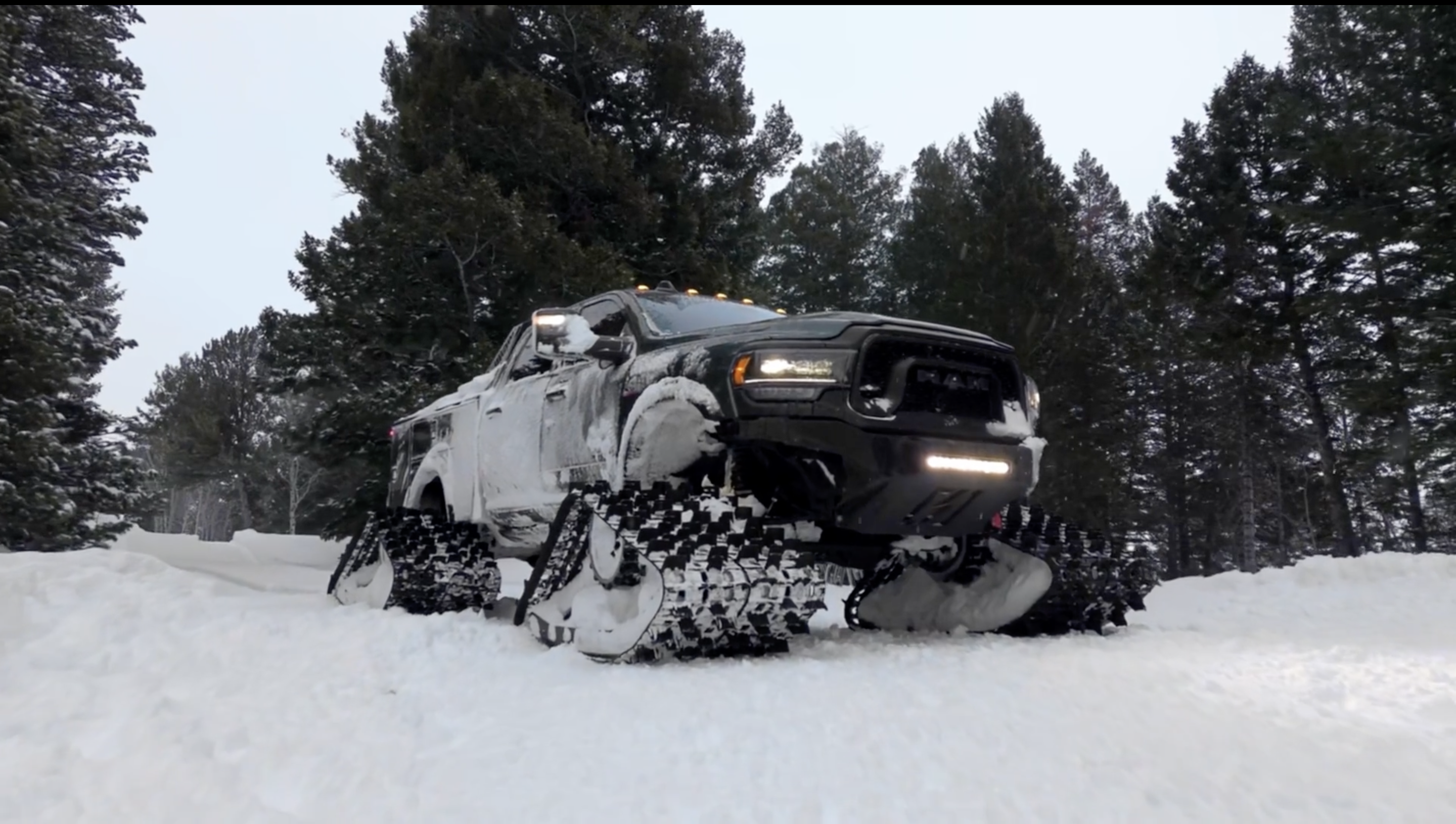In the never-ending quest to achieve better low-end performance while not losing mid or top-end power, turbocharger manufacturers are developing new technologies to get boost much quicker while not losing top-end flow. This is great for customers because it usually results in more low-end torque, better fuel economy, and great top-end horsepower. Unfortunately, too much of a good thing can be an issue. For anyone who has been driving a newer diesel (or a modified one) and suddenly let off the throttle, you have probably heard the all too familiar turbo surge sound. One way to fix this is with a blow off valve (BOV).
But we are getting ahead of ourselves. That noise comes from the turbocharger as the turbocharger is exhaust-driven. As long as there is a ratio of slightly less-to-more drive (back) pressure than boost, the turbocharger continues to produce boost and everything hopefully runs smoothly. When the throttle is let off suddenly, the drive pressure goes away almost instantly.
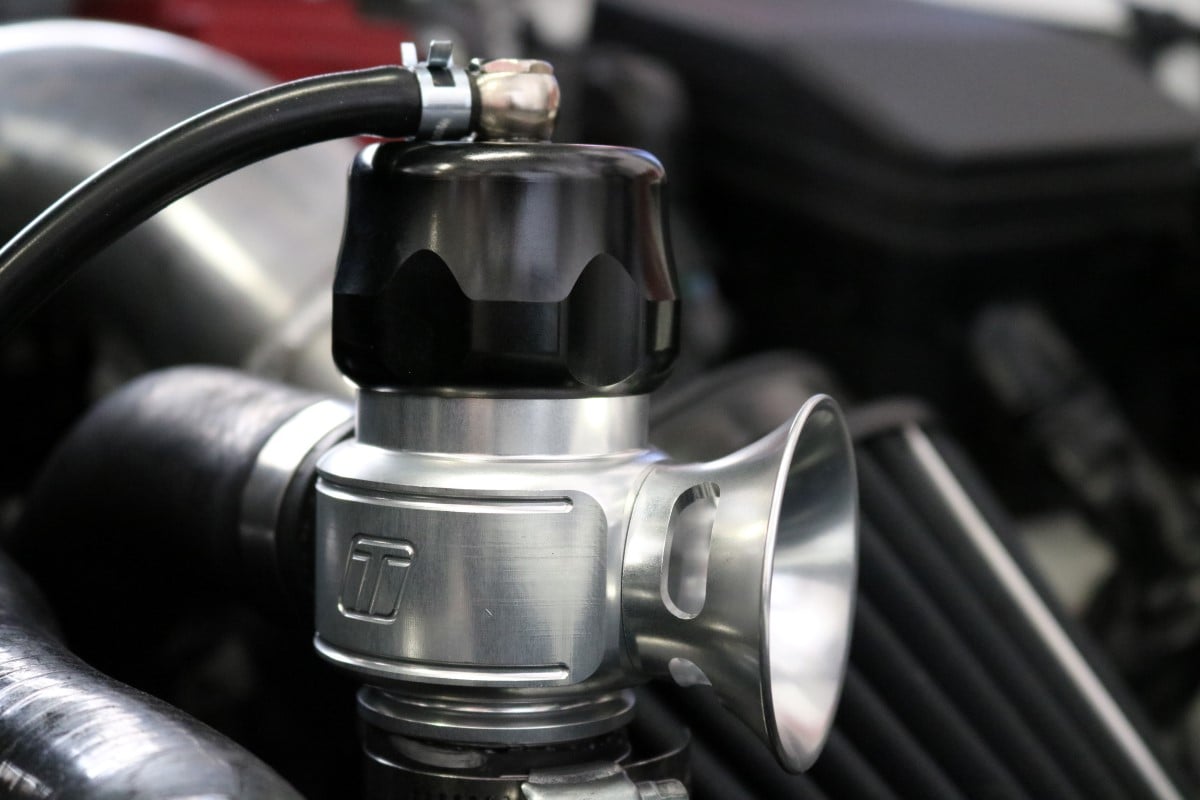
Turbosmart’s Dual Port blow-off valve for the EvoX can be configured as a Supersonic, Megasonic, Plumb Back or Dual Port valve. It uses sequential ports for quiet operation on low boost levels and full performance on full boost.
This means there is more boost than drive pressure, resulting in a negative relationship. Suddenly, all of that pressurized air (from the intake valves through the Charge Air Cooler (CAC) tubing and intercooler is no longer being forced through the engine and is free to go wherever it can to return to atmospheric pressure.
The pressurized air will enter the cylinders like normal — but, if the engine can’t swallow the air fast enough — it can also go back through the turbocharger. With very little drive pressure forcing the compressor wheel to spin, it doesn’t take much for the pressurized air to reverse the rotation of the turbo for a split second to escape the inlet. Surge wears out the thrust bearings of a turbocharger prematurely, causing early failure either through leaky seals or catastrophic failure (i.e. parts decide to start flying around, no longer being attached).
How do you prevent this? Well, the simplest way is to let off the throttle more easily. Gently letting off the throttle allows the boost/drive pressure to reduce evenly. While that sounds easy to do, in reality, it isn’t always that easy. When driving on the street, there isn’t a way to control the vehicle in front of you or even predict when something is going to happen. For competition vehicles that use highly modified turbochargers, surge is almost always a fact of life. If letting off the throttle gently isn’t always an option, what else can you do? Enter the Blow Off Valve (BOV).
What Is A Blow Off Valve?
The BOV is a device that releases boost pressure between the turbo and the engine (or throttle body in gas-fueled applications), thus alleviating the “surge” phenomenon. The BOV generally has four main parts.
A: Mating flange:
This part is usually welded to the CAC tube. Note the O-ring groove to help seal the mating surfaces (labeled A.1).
B: Main Body:
The main body houses all of the moving parts as well as bolts/clamps to the mating flange. At the top, there is a port for manifold air to be applied (boost or vacuum – labeled B.1).
C: Actuator Piston:
The actuator piston holds the pressure in until it is allowed to move which releases the pressure out the side of the main body. (inside D)
D: Spring:
The spring holds the actuator piston down and determines how quickly the actuator piston closes. The area around the spring also receives manifold pressure from port B.1.
How Does A Blow Off Valve Work?
If the spring on top of the actuator piston was enough to hold all of the boost, all of the time, then the blow off valve would never work. There would be too much pressure holding down the actuator for it to ever open.
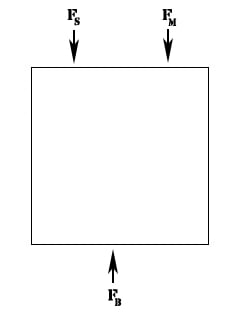
This is a different style of piston but the principles are the same no matter what the style of piston is.
Instead of using a single force to hold down the actuator piston, manufacturers use two; the spring (FS) force and the force from the manifold pressure (FM). So, if FS plus FM is greater than FB (force from the boost pressure) then the actuator piston is held down. If FB is greater, then the piston is able to move up and the boost pressure is released from the system.
Yes, the most common application of a BOV is on gasoline engines. This is because a gasoline engine uses a throttle body to regulate the amount of air going in. When the throttle body is closed (causing a vacuum in the intake manifold – FM becomes negative) there is nowhere for the boosted air to go, except back through the charger.
Surge is also a major issue with gasoline engines. This is the reason that 95 percent of turbocharged systems installed on gasoline engines run BOVs or BPVs (bypass valve is the same thing as a BOV except the air is released back into the intake pre-turbo as opposed to releasing to the atmosphere like a BOV). The damage caused to the turbocharger would become too great in a relatively short time.
There are also other benefits to running a BOV. By allowing the pressurized air to escape, the turbocharger doesn’t have the same resistance to spinning and will actually come back to full boost much quicker during shifts and rapid rpm changes (like revving the engine).
BOVs Are For Gasoline Engines, Right?
That is all fine and dandy, but a diesel doesn’t have a throttle body, and on its own, doesn’t produce a vacuum. This means that FM is always equal to FB. So, the actuator piston stays shut (FS is constant at rest). Now, how do you get a blow off valve to work properly with a diesel? Thanks to companies like TurboSmart, it isn’t that difficult. The basic principles of the BOV are constant (FS + FM greater than or less than FB). To achieve opening the gate, FM needs to go to zero. So how is that accomplished under boost?
There is still boost being sent to the top of the BOV. What’s different in a diesel system is that the air is sent through a solenoid. When the solenoid is off, boost pressure passes through uninterrupted. When the solenoid is energized, the solenoid cuts off the inlet and opens the outlet to the atmosphere (thus, bleeding the pressure down causing, FM to go to zero).
How The Turbosmart Blow Off Valve Works
How do they sense the driving environment? First off, TurboSmart did a tremendous amount of testing to learn when the BOV is needed. They tested on everything from fleet vehicles to hardcore-competition vehicles. With all of their testing data in hand, they decided they could do everything needed using the throttle position sensor.
The module can determine if the driver is asking for more power, constant power, or no power simply by how fast or slow the pedal is being moved. Then, through extensive calibrations, it determines if there are going to be surge issues or not. If so, then it energizes the solenoid and the driver hears the familiar pressure escaping the intake.
The basic principles of a BOV are the same for gasoline and diesel engines, the difference is that a diesel system needs some electronics to work properly. With either setup, the most challenging part of the installation is welding the mating flange onto the CAC.
Who can benefit from a BOV setup? The simplest way to answer that is anyone who can surge their turbo (basically anyone who drives a VGT truck or has an aftermarket charger). If you are reading this, then the odds are that you can probably benefit from installing a blow off valve. If you are ready to see what it takes to install a blow off valve, we can show you.




